I am working on Telecom Churn problem and here is my dataset.
http://www.sgi.com/tech/mlc/db/churn.data
Names - http://www.sgi.com/tech/mlc/db/churn.names
I'm new to survival analysis.Given the training data,my idea to build a survival model to estimate the survival time along with predicting churn/non churn on test data based on the independent factors.Could anyone help me with the code or pointers on how to go about this problem.
To be precise,say my train data has got
customer call usage details,plan details,tenure of his account etc and whether did he churn or not.
Using general classification models,I can predict churn or not on test data.Now using Survival analysis,I want to predict the tenure of the survival in test data.
Thanks, Maddy

